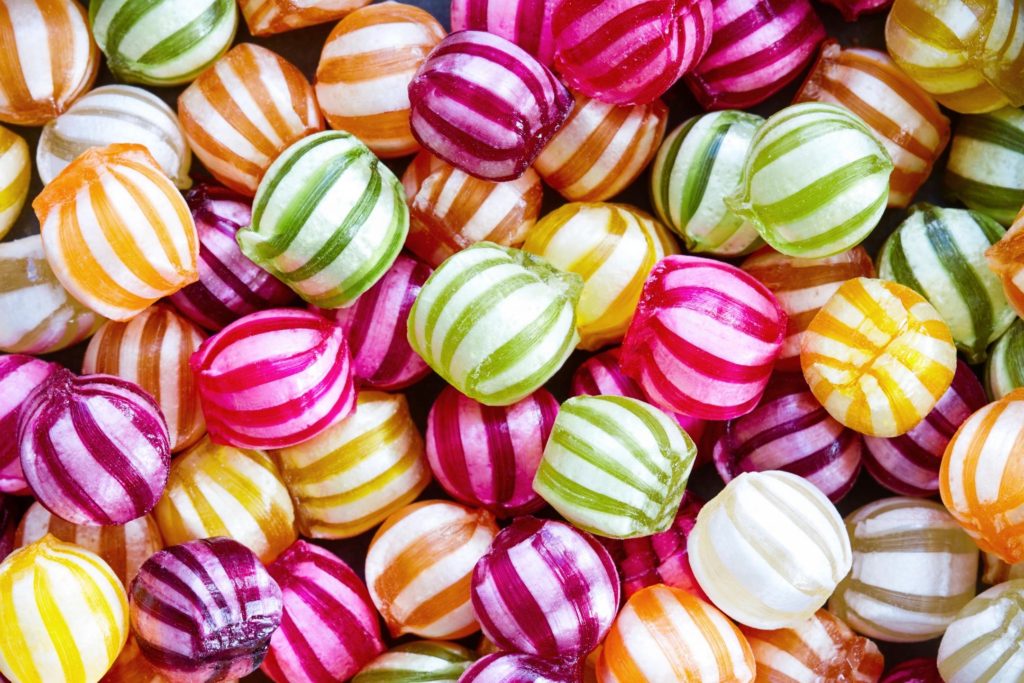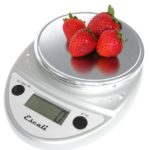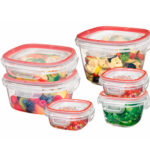When you look up from the candy wrappers….
Listen. We get it. Halloween comes around once a year, and if you actively try and live a healthful, candy-free lifestyle, it can be really challenging to say no to the pile of Starbursts and Hershey Kisses your kids don’t want to eat. Whether you had a few pieces or a few handfuls last night, know one thing: You DON’T need to punish yourself. Treat today like any other day. Start from 0, don’t run yourself on a crazy deficit, and you’ll be back to baseline in no time.

Here are some helpful reasons why you should NOT punish yourself the next few days:
You did NOT do any damage to your overall health, wellness, and goals.
So you get on the scale and for the next few days it’s a few lbs higher than it was before Halloween. Guess what? That’s just your body telling you that it needs a few days to recouperate! Give yourself some grace, and have the patience to understand that the weight gain is temporary. Not to mention, it could be a whole slew of other things, like:
You drank a ton of water to wash down your candy.
You did a really tough Halloween workout.
You’re about to get your period/your hormones are fluctuating.
You didn’t get enough sleep.
You should NOT eat whatever you want the rest of the week/restrict what you eat because “you’ve ruined everything”.
Remember: one day is not going to do any damage to your overall goals. Just like weight loss and body composition changes take time to stick, so does weight GAIN. Get back on your normal routine, and don’t deprive yourself. Eat your normal macros regardless of the candy party last night. But maybe toss any tempting leftovers, just for good measure.

You don’t need to drive yourself into the ground during your next week of workouts.
Your body is stressed out enough already trying to get off of the chocolate express, so don’t put it through any unnecessary stress in the gym. Follow the program as you would any other day of the week! Additional cardio or “calorie burning workouts” aren’t going to benefit you like you think. You CAN take a walk during your lunch break or stay after class to do some light accessory work, but there’s no need to punish yourself through fitness. Again, your body just needs a few days to level back out.












